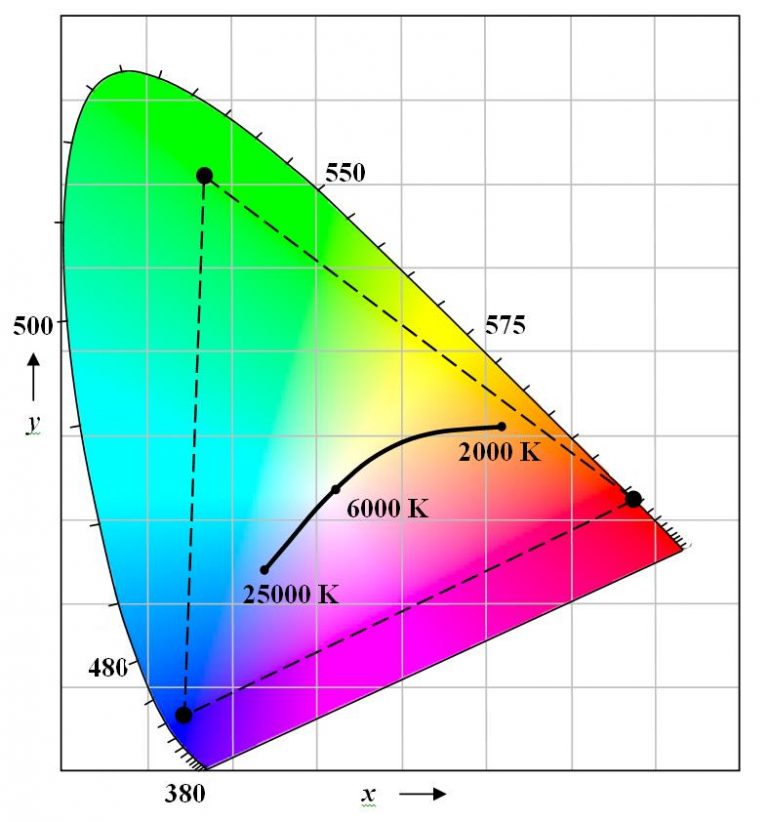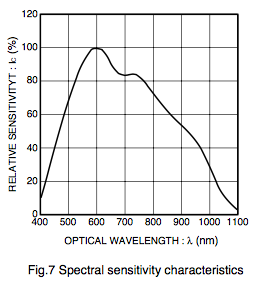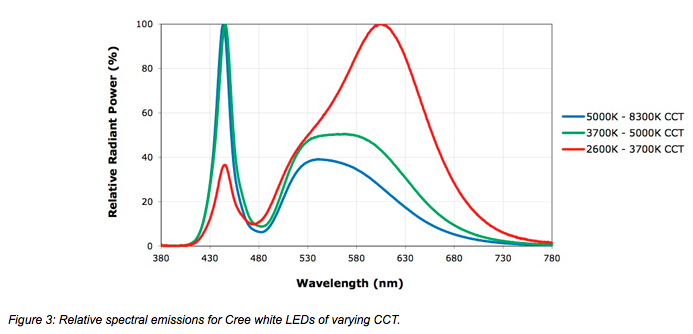This answer addresses part of your question only.

*Figure 1. Typical RGB LED module color gamut and white colour temperatures. Source: AGI.
The human eye has three sets of rods sensitive to short, medium and long wavelengths which roughly correspond to blue, green and red respectively. The brain converts the relative stimulus strength received by each rod to a 'colour'. With an RGB source with wavelengths identified by the black dots on the chart of Figure 1 you can simulate any colour inside the triangle. Note that you are not generating that wavelength - just fooling the eye with the relative strengths of each component.
Some white LEDs use a blue light with yellow phosphors. By controlling (in the design and manufacture) the mix of blue and yellow the colour temperature can be controlled roughly along a straigh line - an extended line from 25000 K through 6000 K over towards yellow.
Note that in both cases described above that the light sources will not be truly monochromatic but will have a spectral spread.
I can't find out how to correlate a color temp of 5000K to a wavelength. There must be a better way than trial and error.
If you have enough time and interest you could make a spectrometer for your phone. See PublicLab smartphone-spectrometer.
For reference the app is a conveyor package detector, light is overhead strip about 2' above the surface, sensors are in a strip across the conveyor.
You haven't linked a datasheet for your sensors but it's much more likely that ambient light is swamping the measurements. Edit your question to show your circuit - there's a simple schematic button on the editor toolbar - and readings obtained with target present and absent.



